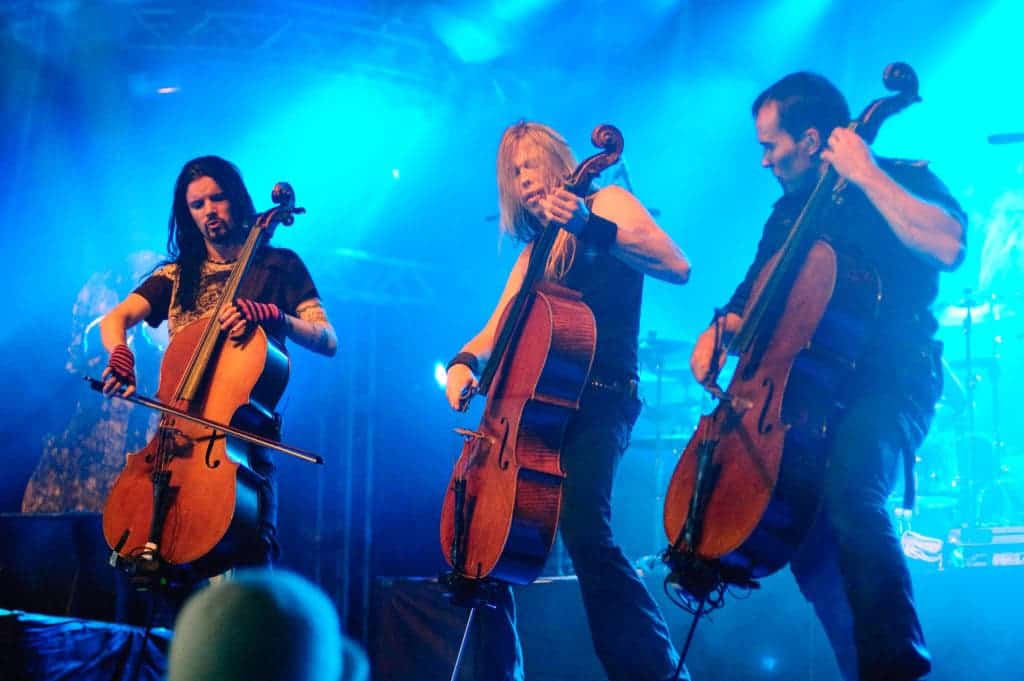For many years, heavy metal was stuck as a fringe preference, ignored by music theorists and the mainstream listeners alike. But that has gradually changed, and some scientists are starting to focus more on this expansive music genre.

When Esa Lilja, Adjunct Professor at the University of Helsinki, started studying heavy metal academically in 1998, the literature was almost completely devoid of any information. Lilja, who is a pioneer of academic heavy metal research, now works with two PhD students to study the genre.
There are plenty of stereotypes about heavy metal, and Lilja is well aware of them. But most of them aren’t really true. Probably the most prevalent one is about metal’s musical origins.
“Metal is based on classical music theory, and it has a great deal in common with renaissance music, for example,” states Lilja.
Nowadays, heavy metal has an international audience and is well known to a larger size of the population, thanks to the efforts of pioneers such as Metallica and Iron Maiden, as well as more modern ambassadors such as Lordi (who won the mainstream Eurovision contest) and Apocalyptica (who became famous by performing covers of metal songs on classical instruments). In Scandinavian countries, metal is even more popular — it’s essentially mainstream there.
It makes a lot of sense, then, to study it in greater detail.
Paolo Ribaldini, one of the PhD students, studies vocal techniques, while Kristian Wahlström (Tuhat) is focusing on the educational dimension of heavy metal – such as how metal could be employed in music education.
“If a student is interested in heavy metal and has an emotional connection to it, new learning material could be built around excerpts from heavy metal, which the student is already familiar with. They could be used to indicate similarities between different musical genres,” Lilja explains.

It’s also interesting to note that many metal bands emphasize historical or mythological themes, which may also have an educational component. Although there are national components to some songs, metal is essentially an international genre, Lilja says.
“I think the national features have more to do with extramusical factors, such as mythological allusions in the lyrics or the overall image of the band.” One well-known example is Amorphis, a band whose lyrics are rife with references to the Kalevala, the Finnish national epic.
Lilja who is, of course, a metal head himself,, also notes that although heavy metal is a pretty niche genre, there’s a lot of variety and no unified theme.
“We middle-aged metal heads in particular are as eclectic a bunch as any set of middle-aged people,” says Lilja, who is 45.
You can read Esa Lilja’s doctoral dissertation on Theory and Analysis of Classic Heavy Metal Harmony here.


